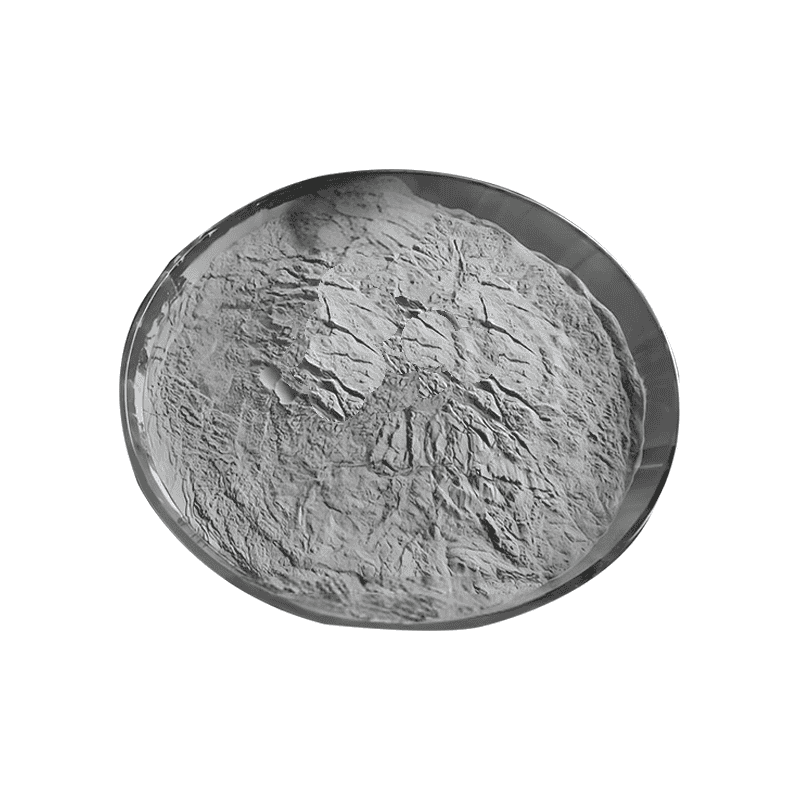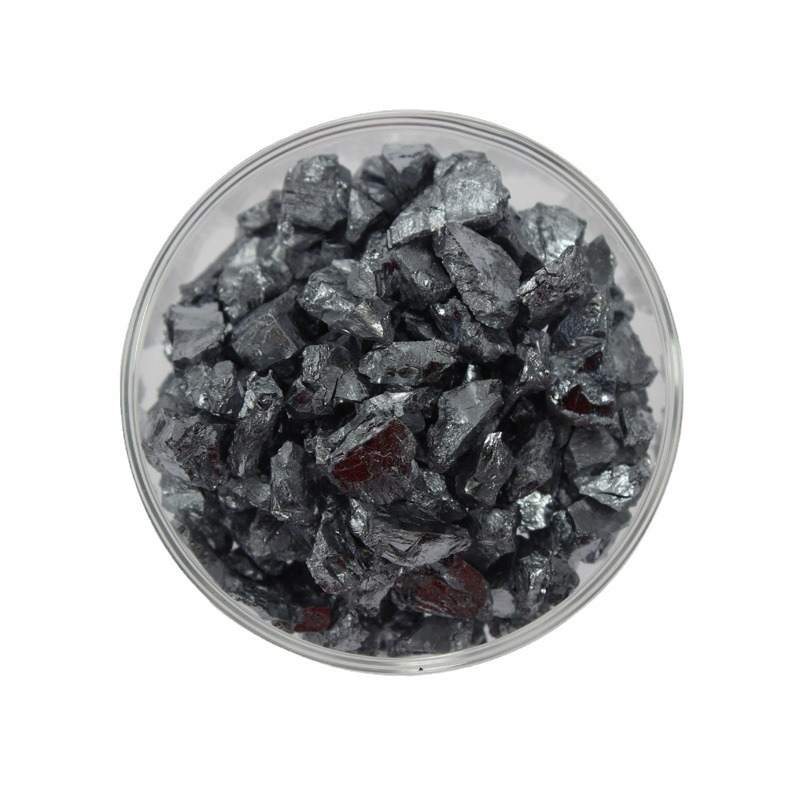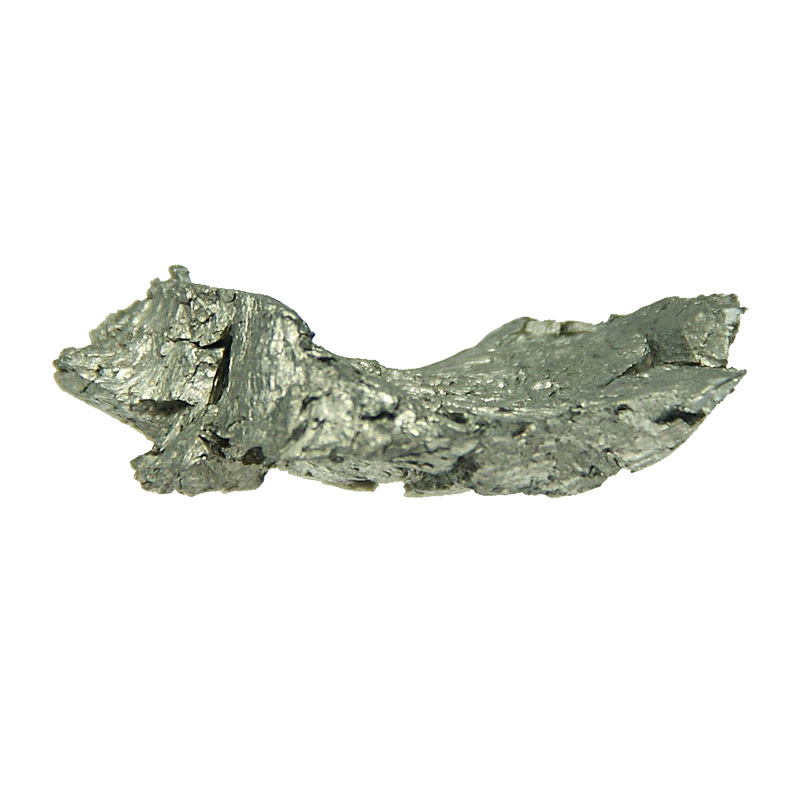Showing 121–132 of 334 results
-

- High Oxidation Resistance: Outstanding resistance to oxidation and corrosion at high temperatures, ensuring long-term durability in harsh environments.
- High Temperature Stability: Maintains structural integrity even at temperatures exceeding 1000°C, ideal for furnace and heating applications.
- Excellent Electrical Conductivity: Offers a balance of high electrical conductivity and resistance, making it ideal for heating elements.
- Corrosion Resistance: Exhibits excellent resistance to various corrosive environments, including chemical and high-temperature exposure.
- Customizable: Available in different particle sizes and formulations to suit specific application needs.
- High Purity: Consistent high purity for reliable performance in industrial applications.
-

- Multi-Element Alloy: Balanced composition of Fe, Cu, Al, Cr, and Ni for enhanced properties.
- High Corrosion Resistance: Excellent resistance to oxidation and environmental degradation.
- Superior Mechanical Strength: Outstanding strength and durability for demanding applications.
- Thermal Stability: Maintains performance under high temperatures.
- Customizable Particle Sizes: Tailored for diverse manufacturing needs.
-

- Enhanced Strength: Increases the mechanical strength and wear resistance of the final product.
- Improved Corrosion Resistance: Offers better resistance to oxidation and corrosion compared to pure iron.
- Adjustable Composition: The ratio of iron to manganese can be tailored to meet specific performance requirements.
-

- High Strength-to-Weight Ratio: Combines durability with lightweight characteristics.
- Corrosion Resistance: Excellent performance in harsh environments.
- Thermal Stability: Maintains properties at elevated temperatures.
- Versatile Applications: Compatible with additive manufacturing, coatings, and traditional metallurgy.
- Customizable Composition: Tailored to meet specific project requirements.
-

- High Hardness: Ensures excellent wear resistance for industrial applications.
- Thermal Stability: Performs reliably under high-temperature environments.
- Corrosion Resistance: Excellent chemical stability in harsh conditions.
- Customizable Compositions: FeW ratios tailored to specific application requirements.
- Versatile Particle Sizes: Available in nano to micrometer scales for diverse uses.
-

- High Purity: Available in 99.99% (4N) or higher purity levels to ensure contamination-free thin films, crucial for high-precision semiconductor and optoelectronic applications.
- Low Melting Point: Gallium’s low melting point (29.76°C) allows for easy evaporation and controlled deposition processes.
- Good Wetting Properties: Gallium forms uniform films with excellent adhesion to substrates, critical for consistent and reliable thin-film layers.
- Optoelectronic Properties: Gallium’s ability to form gallium-based compounds, such as GaAs and GaN, makes it indispensable in high-performance optoelectronics.
- Versatile Deposition: Suitable for use in thermal and electron beam evaporation systems for consistent and high-quality film growth.
- Chemical Stability: Gallium is resistant to oxidation, ensuring stable and long-lasting films in various environments.
-

- Wide Bandgap (4.8 eV): Ga₂O₃ is a wide-bandgap semiconductor, offering superior electrical performance in power electronics and UV detection.
- High Optical Transparency: Ga₂O₃ is transparent in the UV-visible range, making it an ideal material for optical applications.
- High Thermal and Chemical Stability: The material exhibits stability under extreme thermal conditions, enhancing its performance in harsh environments.
- Excellent Thin Film Quality: Ga₂O₃ forms smooth, uniform thin films, ensuring high precision in electronic and optical devices.
- Low Cost and Availability: Compared to other wide-bandgap semiconductors like SiC or GaN, Ga₂O₃ offers a cost-effective alternative for high-performance electronics.
-

- Wide Bandgap: Enables applications in high-power and high-frequency electronic devices.
- High Purity: Ensures reliability and performance in critical applications.
- Thermal Stability: Excellent performance in high-temperature environments.
- UV Transparency: Outstanding optical properties for UV applications.
- Customizable Particle Size: Tailored to meet specific application requirements.
-

- Strong Magnetic Properties: Gadolinium exhibits significant paramagnetic behavior, especially near room temperature, making it useful in advanced magnetic applications.
- Optical and Thermal Stability: Gadolinium’s stability at high temperatures allows it to be deposited as a durable thin film in various optical and thermal applications.
- High Purity: The high purity of Gadolinium ensures optimal performance in precision deposition processes like thermal evaporation and e-beam evaporation.
- Rare-Earth Luminescence: Gadolinium can be used in luminescent materials, enhancing performance in lighting and display technologies.
-

- Magnetocaloric Properties: Gadolinium exhibits a large magnetocaloric effect, making it highly valuable in solid-state refrigeration systems.
- Neutron Absorption: Gadolinium is one of the best materials for absorbing neutrons, making it indispensable for nuclear reactors and radiation shielding.
- Magnetic Properties: Gadolinium is strongly magnetic at low temperatures (below 20°C), with a Curie temperature of around 293 K (20°C), where it loses its ferromagnetic properties.
- Thermal Stability: Gadolinium powder has excellent thermal stability and can withstand high temperatures, making it suitable for use in nuclear and high-temperature applications.
- Chemical Reactivity: Gadolinium is relatively stable in dry air but reacts with moisture, forming gadolinium oxide (Gd2O3) on the surface.
-

- Magnetic Properties: Exhibits strong paramagnetism, making it useful in magneto-optical and spintronic devices.
- High Dielectric Constant: Gd₂O₃ has a high dielectric constant, making it an excellent material for electronics and capacitors.
- Thermal Stability: Gd₂O₃ can withstand high temperatures, making it suitable for high-performance applications.
- Optical Transparency: It has excellent transparency in both visible and infrared wavelengths, ideal for optical coatings.
- Chemical Inertness: Highly resistant to corrosion and oxidation, ensuring long-term stability of thin films.
-

- High Purity: Ensures optimal performance in sensitive applications.
- Magnetic Properties: Ideal for magnetic refrigeration and data storage applications.
- High Refractive Index: Suitable for advanced optical components.
- Thermal Stability: Performs reliably in high-temperature environments.
- Customizable Particle Size: Adaptable for various industrial and research needs.












